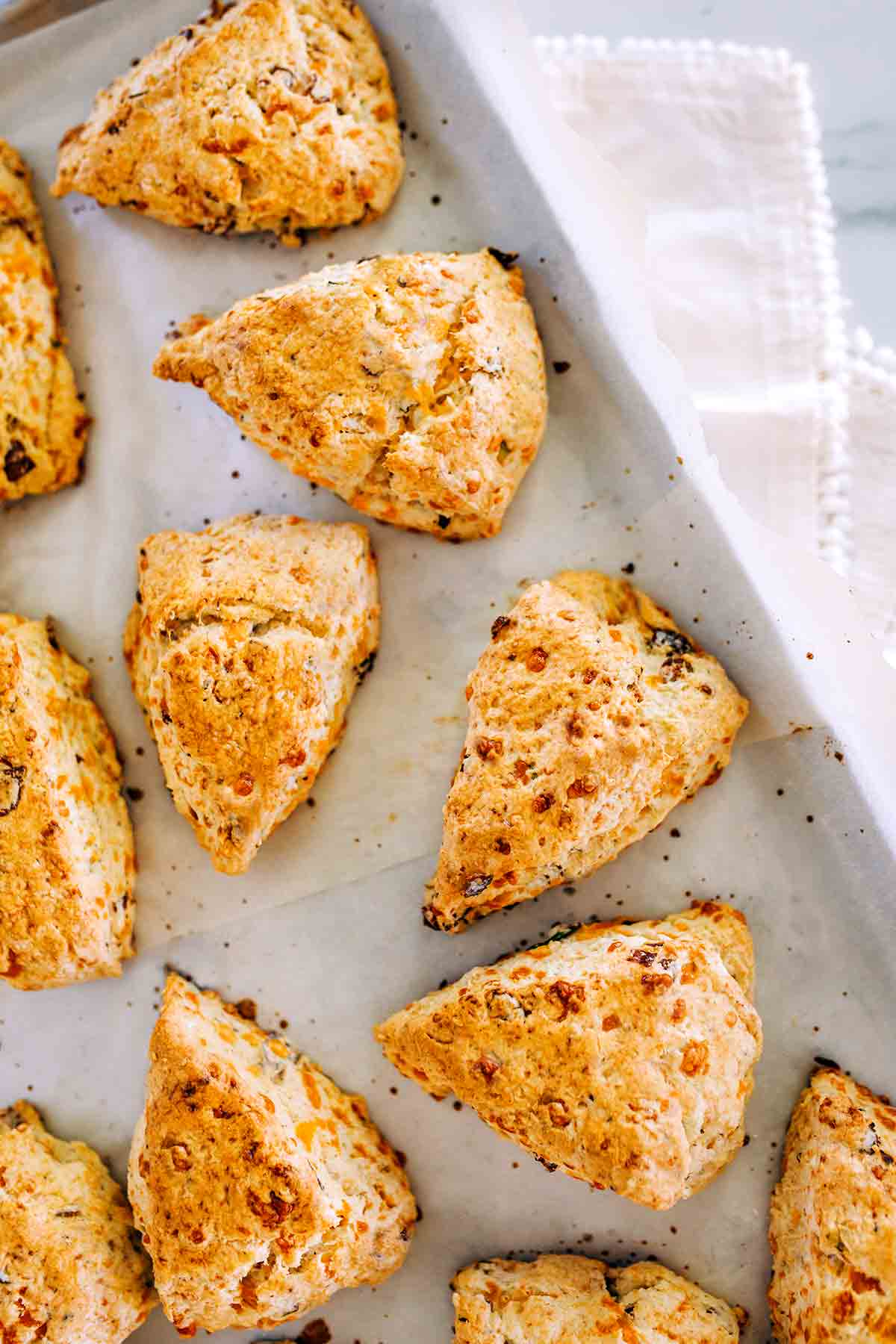
Scones, which originated in England, are similar to biscuits, but they are much richer. They are made from a short pastry, with lots of butter and cream incorporated into the dough. They are very flaky and tender. They are usually cut into large triangles. Once on a morning walk, I passed an elegant coffee bar in downtown Seattle. There on the counter were the most gorgeous scones, labeled bacon and egg scones. I had never heard of this variation before, but I thought it was a great idea, combining all the ingredients for a complete breakfast into a handheld meal.–Paula Lambert
What’s the secret to making scones?
What we really mean is what’s the secret to making tender yet superlatively flaky scones? Here, a few simple things to make certain you achieve scone satisfaction.
Keep your ingredients cold
What causes scones to be flaky is the moisture in the cold butter meeting the hot blast of the oven and evaporating into steam, which lifts and separates the layers of scone. You want to ensure the butter stays as cold as possible until it goes into the oven. Keeping the other ingredients cold helps keep the ambient temperature of the dough nice and frigid.
Don’t overmix the dough
Handling the tough can toughen the resulting scones. So be delicate.
Use as little flour as possible
Too much flour can create a dense dough that’s more reticent to let those layers lift. The dough may be slightly sticky but that’s fine. Don’t add more flour than the recipe indicates.

Bacon, Egg, and Cheddar Scones
Ingredients
- 2 cups unbleached all-purpose flour
- 4 teaspoons baking powder
- 1 teaspoon salt
- 5 tablespoons (2 1/2 oz) unsalted butter, cold
- 3 large eggs, cold
- 3/4 cup heavy cream, cold
- 2 ounces Cheddar, shredded (1/2 cup), cold
- 2 large eggs, lightly scrambled, broken up into pieces about 1 inch square, and cooled to room temp
- 3 strips bacon, partially cooked and cut into 1/2-inch-wide strips
Instructions
- Preheat the oven to 450°F (230°C). Lightly butter a baking sheet or line it with parchment paper.
- In a large bowl or the work bowl of a food processor fitted with a steel blade, sift the 2 cups unbleached all-purpose flour, 4 teaspoons baking powder, and 1 teaspoon salt together.
- Cut the 5 tablespoons (2 1/2 oz) unsalted butter into the flour until it's completely incorporated by using 2 knives, a pastry blender, your hands, or the food processor.
- In a medium bowl, beat 2 of the raw eggs and the 3/4 cup heavy cream until combined. Gently stir or process just to incorporate the eggs into the flour and butter; do not overmix. If using the processor, dump the flour-and-butter mixture into a clean bowl.
- Fold the 2 ounces Cheddar, scrambled eggs, and 3 strips bacon into the flour mixture. The dough will be sticky and chunky. Stir and knead the dough as little as possible while evenly distributing the cheese, scrambled eggs, and bacon throughout.
- Transfer the dough to a well-floured work surface. Pat the dough into a rectangle about 12-by-4-by-3/4 inch high. Cut the dough into three 4-inch squares. Cut the squares on the diagonal to form six triangles.
- Place the scones at least 1 inch apart on the baking sheet. Beat the remaining 1 egg with 2 tablespoons water and use this wash to brush the tops of the scones. If you have the time, place the baking sheet in the fridge for 30 minutes to help set the dough so it doesn’t spread during baking.
- Bake for 10 to 12 minutes, or until golden brown. Remove and serve warm. (The scones truly are best served straight from the oven and not hours or days later although you can refrigerate any leftovers and heat them in a warm oven.)
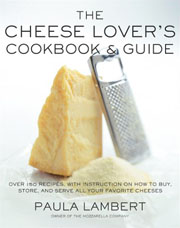
Nutrition
Nutrition information is automatically calculated, so should only be used as an approximation.
Recipe Testers’ Reviews
This recipe is one of those that I saw and said “Why didn’t I think of that?” Followed by, “I’m glad someone did!” These scones were amazing. My family has long been fans of bacon, egg and cheese sandwiches but this form of what we loving call a BEC just takes it to another level. Baking the BEC into a buttery, flaky scone is a masterstroke.
The best part for home bakers is that it’s not hard at all. It was a tad challenging mixing the dough enough to evenly distribute the bacon, egg, and cheese but not so much as to toughen the dough but really, just a tad. The dough was very easy to work with, not overly sticky. And the best part was that we were eating them within an hour.
The only other thing to say is, “Where have you been all my life?”
These were really delicious. All the elements of an egg muffin, but better. Flaky and tender with melting cheese and bites of egg punctuated by flecks of crisp bacon. And they were a cinch to put together; hardly more effort than making bacon and scrambled eggs alone. They were definitely best eaten freshly baked, but the leftovers reheated well enough.
Reading the recipe, I knew exactly how these would taste—buttery scones, when done right are an absolute treat. All the delish add-ins aside, the biscuit dough itself was perfection. Flaky from all the butter and rich because of the heavy cream. Gorgeous. The eggs, bacon and cheese just put them over the top.
Putting them together is a cinch. It didn’t take much longer than making eggs and bacon, honestly. I think these would be excellent for a brunch but they’re especially good for a on-the-go sort of breakfast. Fresh out of the oven, they’re tender and flaky, and the scrambled eggs stand out particularly well. I had a leftover one this morning, gently reheated and it was still pretty great. Not as awe-inspiring as yesterday but really enjoyable.
I have a special mental file for recipes like this, which I seem to mess up six ways to Sunday and they still come out fine. They’re destruction-proof. These tasted great (bacon! eggs! cheese!) and had a good crumb. They were, however, oddly shaped, but I can live with that. Someone else making these—say, someone who is not spatially and geometrically challenged—will get a prettier result.
So, I made a complete mess of the rectangle/square/triangle project. I had a ruler out and thought I had close to the right dimensions, but then encountered difficulty with the geometry. The not-quite-triangle shapes were entertaining in a Rorschach Test kind of way, though, featuring among other things, a map of Africa and a poodle.
Using the food processor to mix these is not the way I would usually go, and it dirtied extra equipment (boo!), and I’m pretty sure I overworked the dough. Incorporating the eggs into the flour and butter took about 45 seconds, just under a minute. (One of the egg yolks was still intact going in after I thought I had mixed both pretty well with the cream, so it took a little longer than it should have.)
I chose the processor to get the butter and flour totally incorporated because I used butter from the freezer, and it seemed unlikely I would do as good a job blending it completely by hand. I think the freezer-cold butter was a good choice and the jury is out on whether I’d try these by hand next time or use the processor again. But, it did work.
My hands were a sticky mess working with the dough. It was, indeed, very sticky. I did my best to get everything evenly distributed throughout the dough, but the stickiness was an obstacle.
My husband and I had these one morning fresh out of the oven. The tops and bottoms were beautifully golden brown in 12 minutes. They were light and fluffy so we couldn’t stop at just one. I will be making these again but with a few adjustments.
I would double the bacon and the cheese. I believe this will take them from good to delicious. The amount of egg was perfect for us. I will also cook the bacon (pre-sliced) and the egg either the night before or earlier than when I want to bake. These come together very quickly when using a food processor, only 3 pulses for each step, but because the egg and bacon needed to be refrigerated for a bit it added 15 minutes. I wasn’t adding anything even slightly warm to the dough.
The dough was quite wet but folding in the egg, bacon, and cheese was still easy. A few spread so next time I’ll try placing the scones in the fridge for 30 minutes before baking.
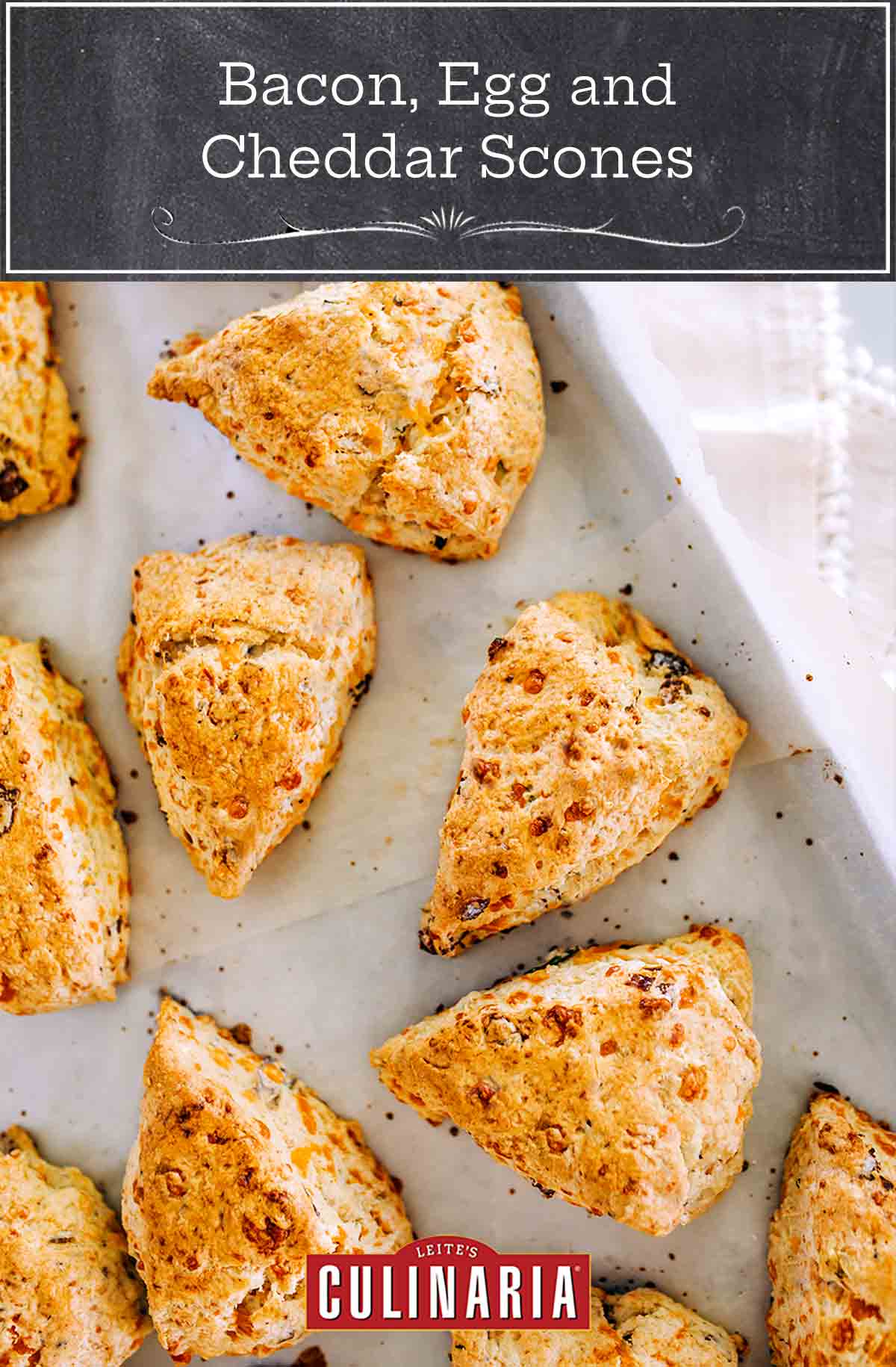







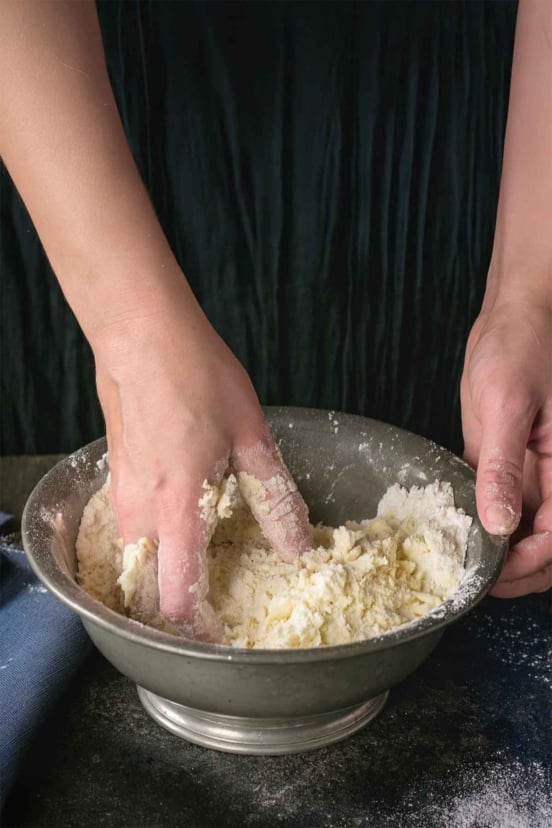
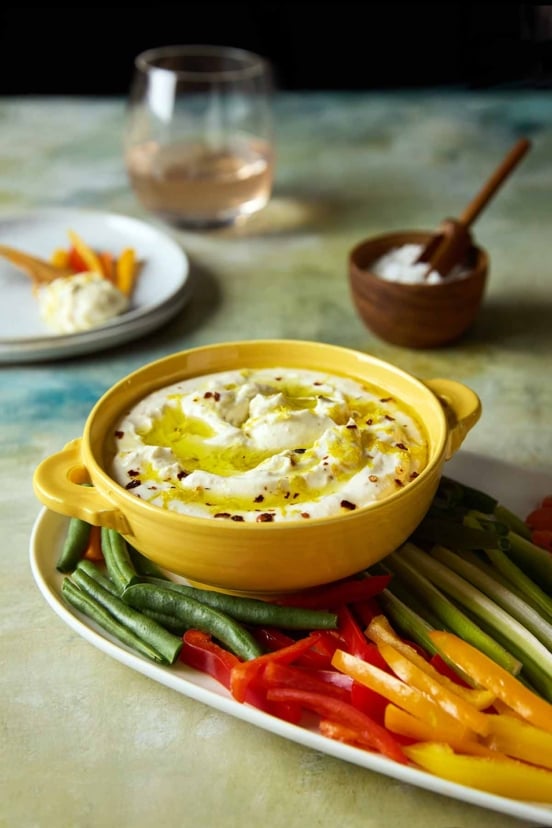









Excuse my potentially silly question, I came across your Bacon, Egg, and Cheddar Scones recipe and it looks delicious. The one step that is confusing me is the scrambled eggs. Am I supposed to cook the eggs as scrambled eggs and use them in the recipe? I’ve made scones before and I know how important it is to keep everything cold/chilled. So I wanted to ask and confirm if your recipe calls for cooked scrambled eggs. A video for your recipes would be very helpful for us visual folks. Thank you.
Baker
Hello, Baker. Thanks for asking. Yes, you likely scramble the eggs in the skillet. I’m going to mention that the scrambled eggs should be at room temp.
My family is absolutely hooked on these scones. This recipe started me on a scone spree! I can’t stop making them. The only thing I’ve changed is that after shaping into a disk, I place it in the freezer for about 15 minutes. Then I slice pizza style and brush with cream instead of egg. Don’t cut them too large or they tend to lose their shape. I’ve experimented with using more bacon but after 4 slices I find it overpowering. Make these scones..your family will love them.
Thank you for your seal of approval, Barbara. Now everyone else, get in the kitchen and bake like Barbara said.